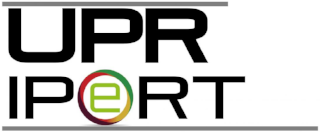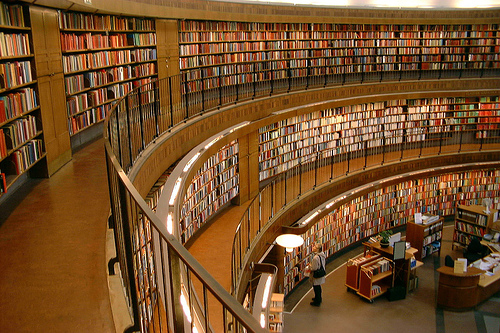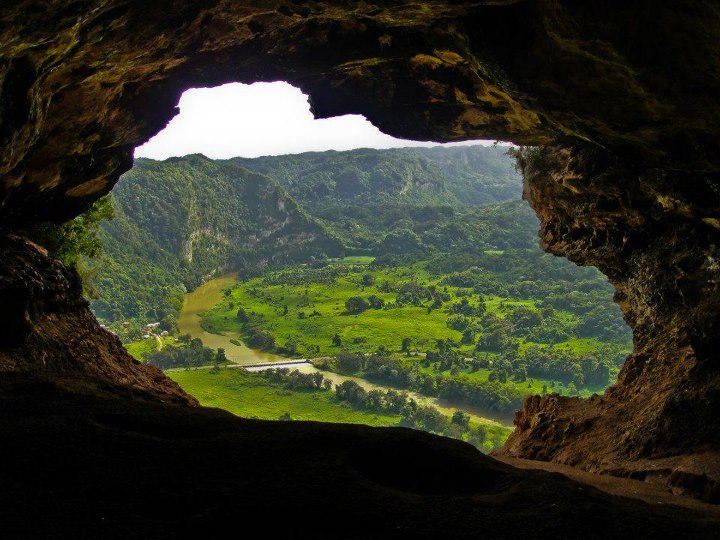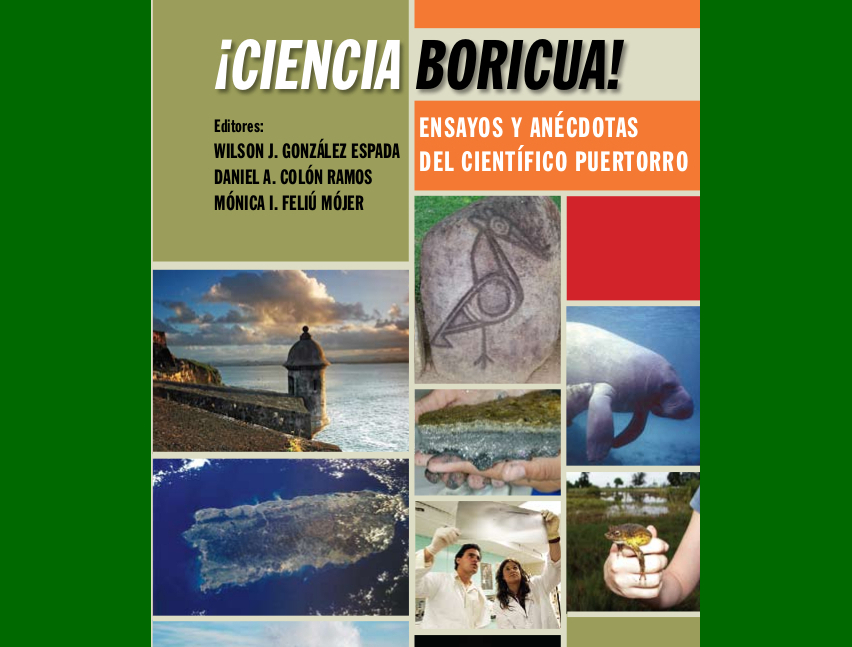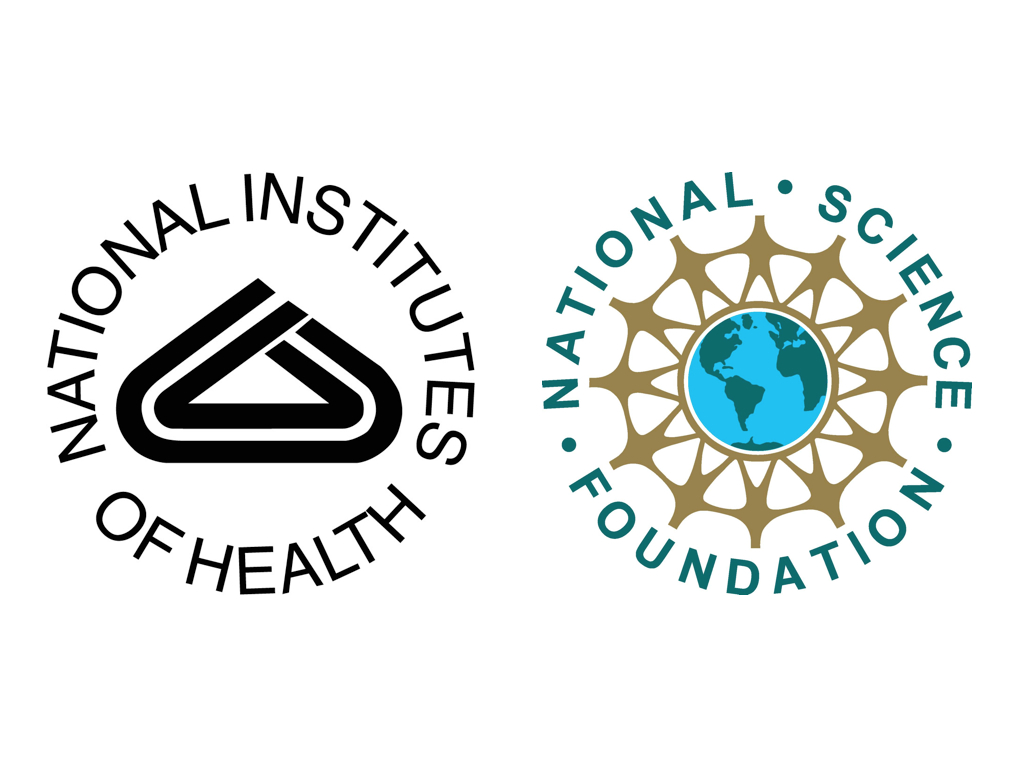Storytelling to Make Meaningful Connections and Science More Inclusive
Enviado por Mónica Ivelisse Feliú-Mójer el
On June 29, 2015 I presented at the webinar titled Hear Me Out: Making Meaningful Connections through Storytelling, part of The Science Network Workshop Series, organized by the Union of Concerned Scientists. My co-presenter was Michele Roberts, from the Environmental Justice Health Alliance for Chemical Policy Reform. The webinar was moderated by Melissa Varga, Outreach Associate & Science Network Community Manager.
Here are some additional articles and resources that expand on the points I made during the webinar.
Storytelling in Science
- The Science Behind Storytelling — and Why It Matters
- Your Brain on Fiction
- Why Your Brain Loves Good Storytelling
- How Stories Change the Brain
- Storytelling and Science: The Unifying Theory of 2 + 2
- Points of View: Storytelling (and an interesting follow up–make sure you check out all links in this article)
- To Attract More Girls to STEM, Bring More Storytelling to Science
- Science and Storytelling: The use of stories in science education
- Science Storytelling: Wellcome Trust
- Using narratives and storytelling to communicate science with nonexpert audiences
- Story Collider (great examples of scientists using storytelling)
- The Importance of Storytelling in Science
- The Danger of a Single Story
Science Communication
- Escape from the Ivory Tower: A Guide to Making Your Science Matter
- English Communication for Scientists
- Communicating Science: Tools for Scientists and Engineers
- Practical Science Communication Strategies for Graduate Students
- Successful Science Communication: A Case Study
- Communication Breakdown
- The Art of Science Communication: William Zinsser on How to Write Well About Science
- An Introduction to Social Media for Scientists
- Science Communication & Writing Curricula at Select Universities
- Let’s talk about Twitter
- Science and Social Media: Some Academics Still Don’t Get It
Here is a summary of my talk and my slide deck:
- Storytelling is art of using words and actions to share a story.
- Storytelling provides scientists with a powerful way to help their audience make personal, meaningful connections with science.
- As a scientist, storytelling helps you go beyond the data to convey the ‘so what’ of your research and why it matters.
- Storytelling is interactive; it helps you know and empathize with your audience.
- Storytelling helps you engage with, and empower your audience.
- Storytelling helps your audience relate and connect to science.
- Because storytelling is about your audience, it can be a powerful tool to make science more inclusive.
- The value of science is not universal across communities. In general, science is not contextualized to the reality of underrepresented and underserved communities. This lack of context and diversity in the science discourse reinforces the perception that science doesn’t belong to or doesn’t benefit members of underserved communities and that further marginalizes these groups and communities.
- Storytelling is a powerful way to establish meaningful connections to help counter that marginalization. It can help you empower underserved communities and individuals to be equal partners and participants in science.
- Storytelling offers a powerful way to interact, engage, and build trust with communities traditionally not represented in science and thus is an important tool in your science communication toolbox.
- You can incorporate elements of storytelling into communicating your science across the board and to multiple audiences: from your peers to the general public. It will make you a more effective communicator and a better scientist.
And here's a Storify of the live tweets:




